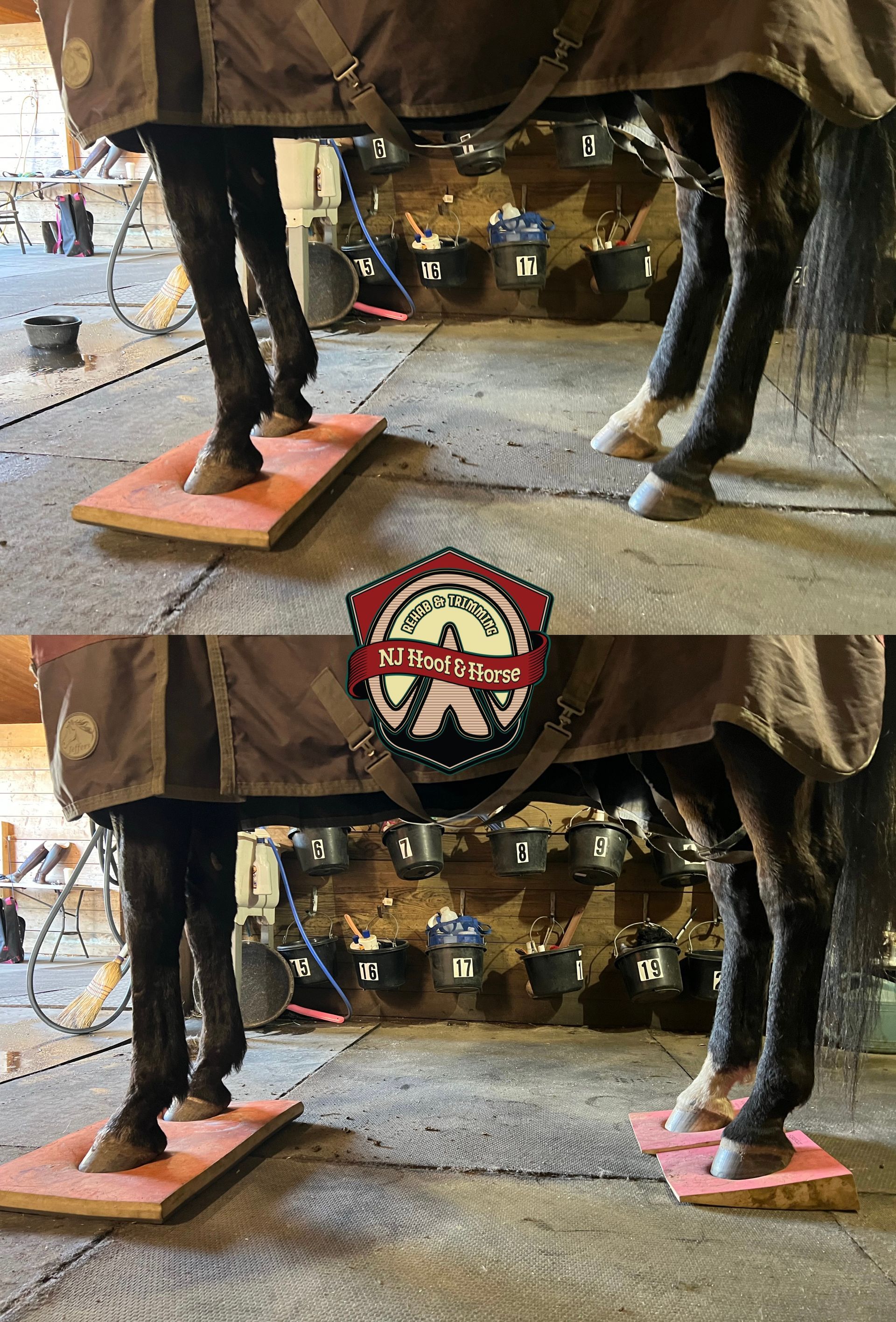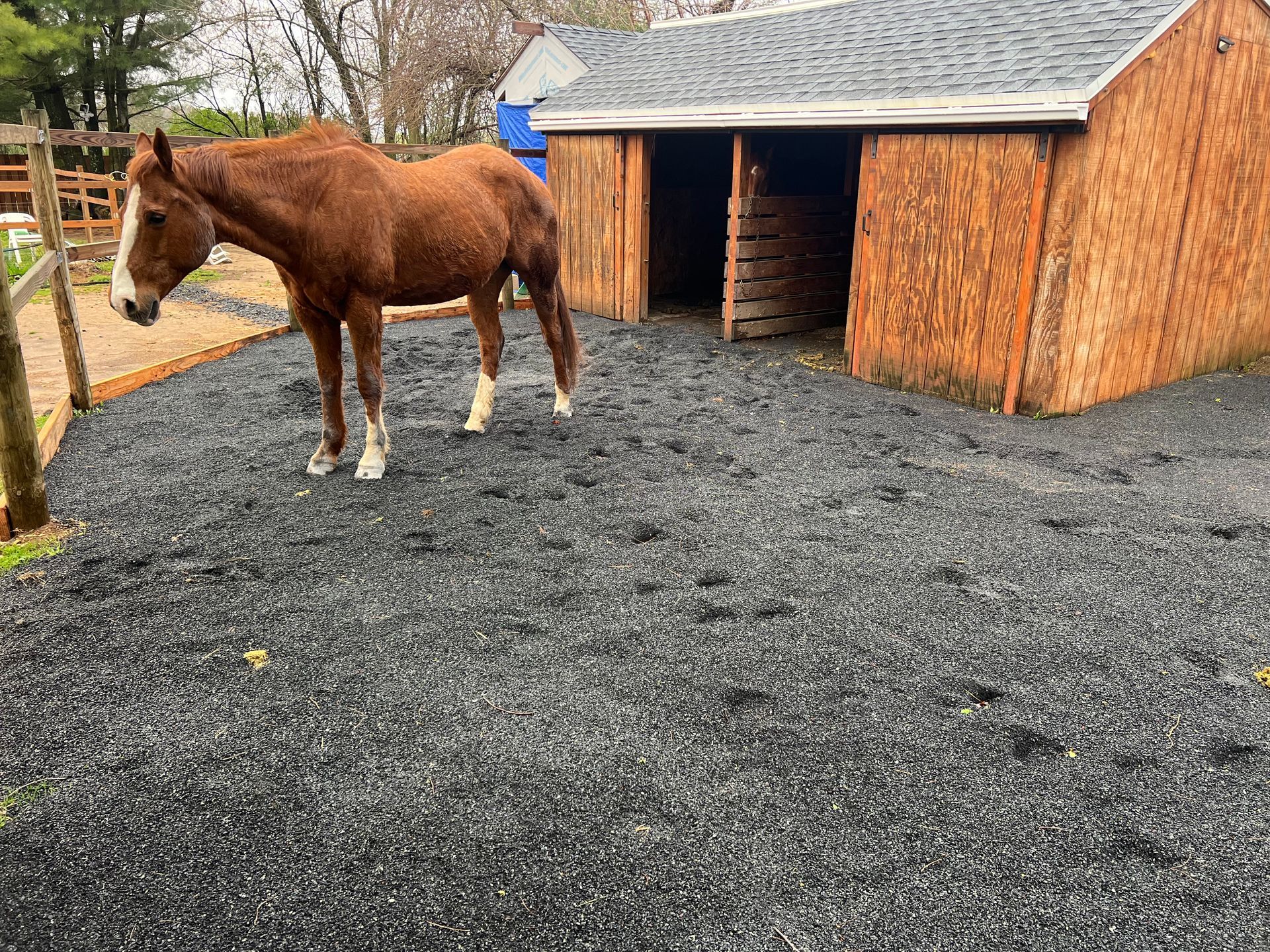Smile and show me those teeth!
One Minute Discussions #8
Discussing Natural Hoof & Horse Care
What is the correlation between hooves and teeth? Interesting question, we don’t hear it often. And yet the correlation between them is mind-blowing! When we start to understand how one is affecting the other we start appreciating how complicated and amazing the horses body is ( and how it’s IMPORTANT TO CALL THE DENTIST IN TIME).
It all starts from fascia.
Fascia, fibrous connective tissue, runs throughout the body of the horse. It’s there from the tip of the nose, all the way down to the hooves and up to the tip of the tail. This connective tissue is VERY important when it comes to proper dentistry and hoof care for horses. It’s responsible not only for bonding the organs, skin and muscles together but also it helps the horse sense its surroundings thanks to the nerves and keeps the body in balance.
How does this relate to equine dentistry and hoof care? To understand this better, do a little experiment at home. Stand on a flat surface and try shifting your whole weight from one foot to the other. Continue swaying back and forth. At the same time try focusing on your jaw while swaying from side to side. When you shift your weigh you will notice your jaw having tiny movements, as if it’s “compressing” more on the side that is bearing weight. That’s the fascia working in your body.💪🏻
The same thing can happen to a horse. Imagine a horse walking around with crooked/unbalanced feet. That creates a problem for the teeth. 🦷With unbalanced feet the horse has a hard time chewing on either sides if the jaw. Or vise versa, the teeth are not floated in a long time. In this scenario the horse is more likely to show signs of pain while riding or training, loss of appetite and even aggressive behavior.
This teeth/hoof imbalance creates tension in the TMJ (Temporomandibular Joint). This joint is responsible for opening and closing the mouth. We can imagine what it would be like for the horse if there’s even a slight amount of pain in that area. Thus, fascia is getting affected.
So what do we do to prevent this problem? Call a qualified and knowledgable dentist! For foals its usually once every 3 months, for adults (and especially old horses) once every 6 months.
From studies and by researching wild mustangs we know that their hooves can self-maintain. Is that the case with their teeth as well? Yes! They’re not having yearly dentist visits, and yet their teeth are VERY healthy. Why? Constant wear. They’re eating dry desert pasture, and occasionally nip on pieces of sand, rocks, twigs, thus not only the molars (back teeth) are getting “floated” but the incisors (front teeth) as well. Domestic horses don’t do that. They’re eating this soft, green, lush grass that’s not doing anything to their front teeth and rarely does anything to the back ones (since the grass is soft and it’s not creating the wear effect).
In the domestic environment, your horses’ teeth can self-maintain, even a bit, if we take the appropriate steps.
1. Buy hay nets. ⚠️NOT METAL ⚠️Metal will destroy your horses’ teeth! Many people learned the hard way. You can either buy fabric, nylon and/or cotton. Many horse owners had good results with all of them. With hay nets the horse is wearing his front teeth, just like in the wild! Also, they’re very good at stretching the meal throughout the day, that’s very beneficial for the gut. It mimics the intake of food as if they are in the wild. (Article at the end)
2. Get them moving. I don’t mean lunging. I mean get them out to gallop, jump and buck in a big area, paddock or field (of course if you have one). From the words of Dr. Tomas Teskey, an equine vet and dentist, movement creates “micro movements” that helps with the wear and tear of the teeth.
3. Get a dentist out. As was mentioned, you will create yourself a lot of problems if there’s no yearly dentist checkups. Get a professional to float those teeth. You can ask around for a good dentist, im sure you’ll hear many recommendations.
Believe it or not, there’s a HUGE connection between hooves and teeth. Ask yourself, “When was the last time your horse dentist has been out?”. If you open your horses mouth and the teeth look like they’re from a horror movie I suggest trusting your gut and calling a specialist.
Wanted to mention the work of Dr Tomas Teskey. He is an AMAZING vet and dentist. His book, Insight to Equus, opens up A TON of info about proper hoof and teeth health.
Please check out his website and book below.
(P.S. thanks for the images Tomas Teskey😊🙏🏻)
Awesome, you’ve just read another “One Minute Discussions” post!🥳
Feel free to share this! Im sure a lot of horse people would find this interesting!😃
By the way, what’s your experience with hay nets? 🤔Comment below!
Denys A.
856-238-3533
https://www.insighttoequus.com
https://extension.umn.edu/horse-nutrition/using-slow-feed-hay-nets#benefits-of-hay-nets-1164661
https://ker.com/equinews/advantages-haynets-hay-feeders-horses/

